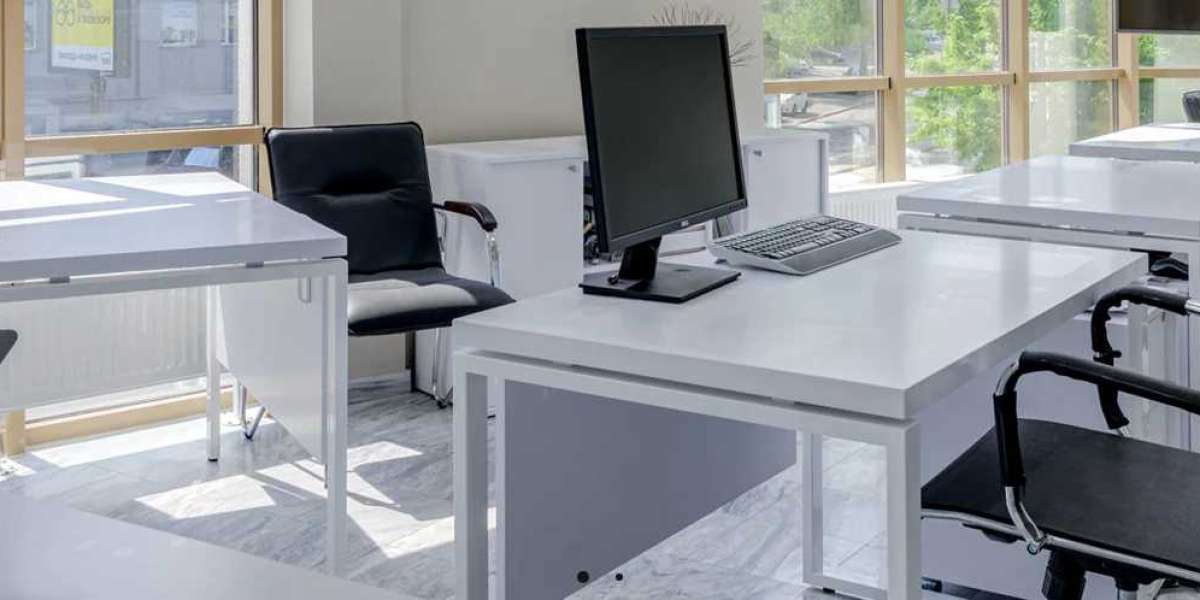In an era where environmental consciousness is at the forefront of consumer awareness, sustainable furniture is gaining popularity as a responsible choice for eco-conscious homeowners. From responsibly sourced materials to energy-efficient manufacturing processes, the sustainable furniture movement is reshaping the way we think about home decor. Here's a closer look at the rise of sustainable furniture and why it's becoming a preferred choice for modern consumers:
Ethical Sourcing: Sustainable furniture often starts with the responsible sourcing of materials. Manufacturers prioritize using renewable resources, such as FSC-certified wood, bamboo, and reclaimed materials, to minimize environmental impact and support responsible forestry practices.
Recycled and Upcycled Materials: Another hallmark of sustainable furniture is the use of recycled and upcycled materials. From reclaimed wood and metal to recycled plastic and glass, manufacturers are finding innovative ways to repurpose materials and divert waste from landfills.
Low-VOC Finishes: Volatile organic compounds (VOCs) are harmful chemicals found in many conventional furniture finishes and paints. Sustainable furniture often features low-VOC or VOC-free finishes that minimize off-gassing and promote healthier indoor air quality.
Energy-Efficient Production: Sustainable furniture manufacturers prioritize energy-efficient production processes to reduce their carbon footprint. This includes using renewable energy sources, implementing waste reduction strategies, and optimizing transportation logistics to minimize emissions.
Durable and Long-Lasting Design: Sustainable furniture is built to last, with an emphasis on durability and longevity. By investing in high-quality materials and craftsmanship, manufacturers create furniture pieces that can withstand the test of time and reduce the need for frequent replacements.
Minimal Waste Production: Sustainable furniture production aims to minimize waste at every stage of the manufacturing process. Manufacturers prioritize efficient use of materials, implement recycling programs, and find creative ways to repurpose or compost production waste.
Support for Local Artisans: Many sustainable furniture brands prioritize supporting local artisans and craftsmen, fostering economic development and preserving traditional craftsmanship techniques. By choosing locally made furniture, consumers can support their communities and reduce the environmental impact of long-distance shipping.
Certifications and Standards: Look for certifications and standards that indicate a furniture piece's sustainability credentials, such as Forest Stewardship Council (FSC) certification for wood products or GREENGUARD certification for low-emission finishes. These certifications provide assurance that the furniture meets rigorous environmental and social responsibility standards.
Circular Economy Initiatives: Some sustainable furniture brands are embracing the principles of the circular economy by offering take-back programs, repair services, and end-of-life recycling options for their products. These initiatives aim to extend the lifespan of furniture and minimize waste through responsible disposal and recycling.
Consumer Education and Transparency: As awareness of sustainability issues grows, consumers are becoming more informed and demanding greater transparency from furniture brands. Sustainable furniture manufacturers are responding by providing detailed information about their materials, production processes, and environmental impact, empowering consumers to make informed purchasing decisions.
Overall, the rise of sustainable furniture reflects a growing awareness of the environmental and social impacts of consumer choices. By choosing sustainable furniture, consumers can reduce their ecological footprint, support responsible manufacturing practices, and create healthier and more environmentally friendly homes. As the demand for sustainable products continues to grow, sustainable furniture is poised to become an integral part of the modern home decor landscape.







